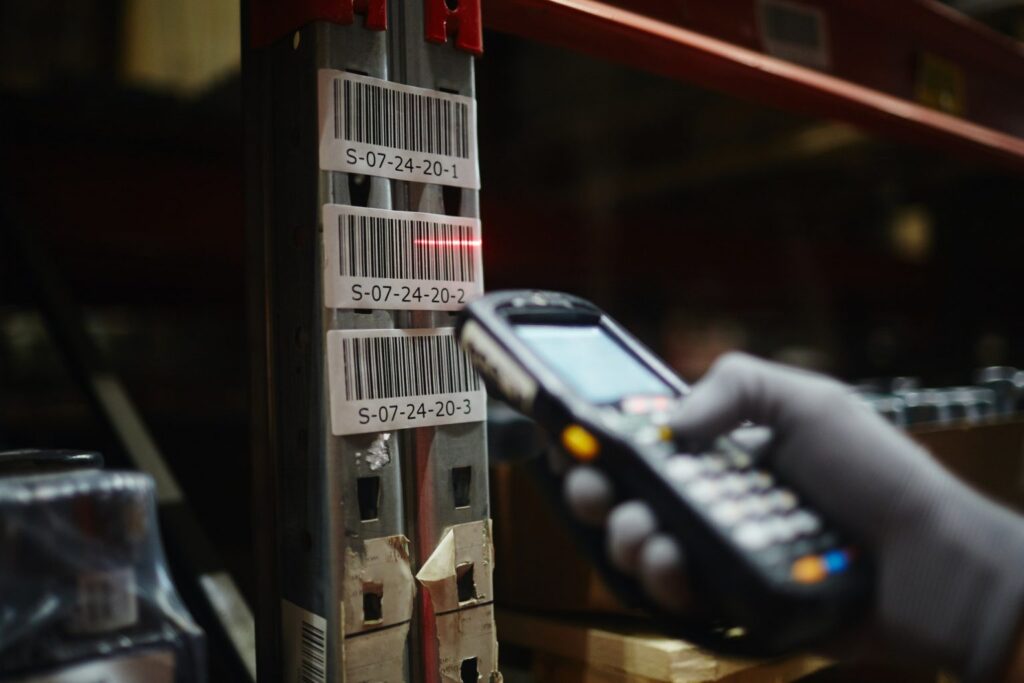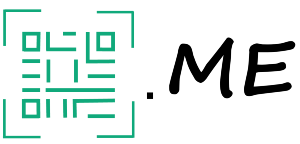The QR-code is only getting more important
The barcode will retire. The international organization GS 1, which manages the use of barcodes, has decided that the barcode will be replaced. The QR-code can simply convey more information. Therefore, it will replace the barcode by 2027; the QR-code is the future!
In short
- The barcode will be replaced worldwide by the QR-code from 2027 onwards;
- The reason is that there are more unique QR-code combinations, and that the QR-code can contain more data;
- Therefore products can contain information on sustainability, materials, and origin.
Why this decision?
Since the onset of the COVID-19 pandemic, the use of QR-codes has increased dramatically. As a result, a significant advantage of QR-codes over barcodes has become evident: QR-codes can contain up to 100 times more data than a barcode.
It is expected that codes on products will increasingly incorporate more information. This includes additional details about origin, nutritional value, or sustainability. The European Union is already in the process of mandating manufacturers to provide customers with extra information on these types of topics, and is endorsing the QR-code as packaging solution.
An additional advantage is that customers can also scan the QR-codes themselves, making a wealth of product information more accessible to them. For businesses, QR-codes are easier to track. Therefore, QR-codes are beneficial for both parties!

A QR-code can contain much more information than a barcode.
What will we notice?
Where the cashier in a supermarket currently scans the barcode of each product, that will be replaced by a QR-code in the future. Starting from 2027, the intention is for the QR-code to be present on all products. Additionally, all devices and systems will be able to scan the QR-code from then on. The barcode will become obsolete and gradually disappear.
Until 2027, companies have time to update their systems. It is not a mandatory change. However, since 150 countries and more than 50,000 companies are affiliated with GS1, it is almost certain that everyone will follow this adaptation.

The QR-code will gradually replace the barcode on packaging
More possibilities with the QR-code
This decision confirms that even though the QR-code is almost 30 years old, it is the future! The use of QR-codes will only continue to increase, opening even more doors. An additional advantage is that the QR-code will be even more recognizable to customers.
The QR-code is superior to barcodes in linking the physical world to the online world. The fact that the barcode will be globally replaced by the QR-code only provides more room for innovation with QR-codes! It is expected that the QR-code market will continue to grow rapidly, and more possibilities will emerge with the code.

There are countless opportunities for QR-codes. Just take a look at the number of types for dynamic QR-codes.
FAQ
The main difference is that barcodes only store information in one dimension (horizontal), while QR-codes store information two dimensionally (horizontal and vertical). Thus, QR-codes can contain up to 100 times as much info as barcodes can. The possibilities that QR-codes offer are therefore much greater.
- A QR-code catches attention;
- QR-codes are efficient;
- QR-codes need very little storage capacity;
- You can gain insight into your customers through QR-codes;
- QR-codes are free on our website!
This is very easy with our QR-code generator, and works as follows:
